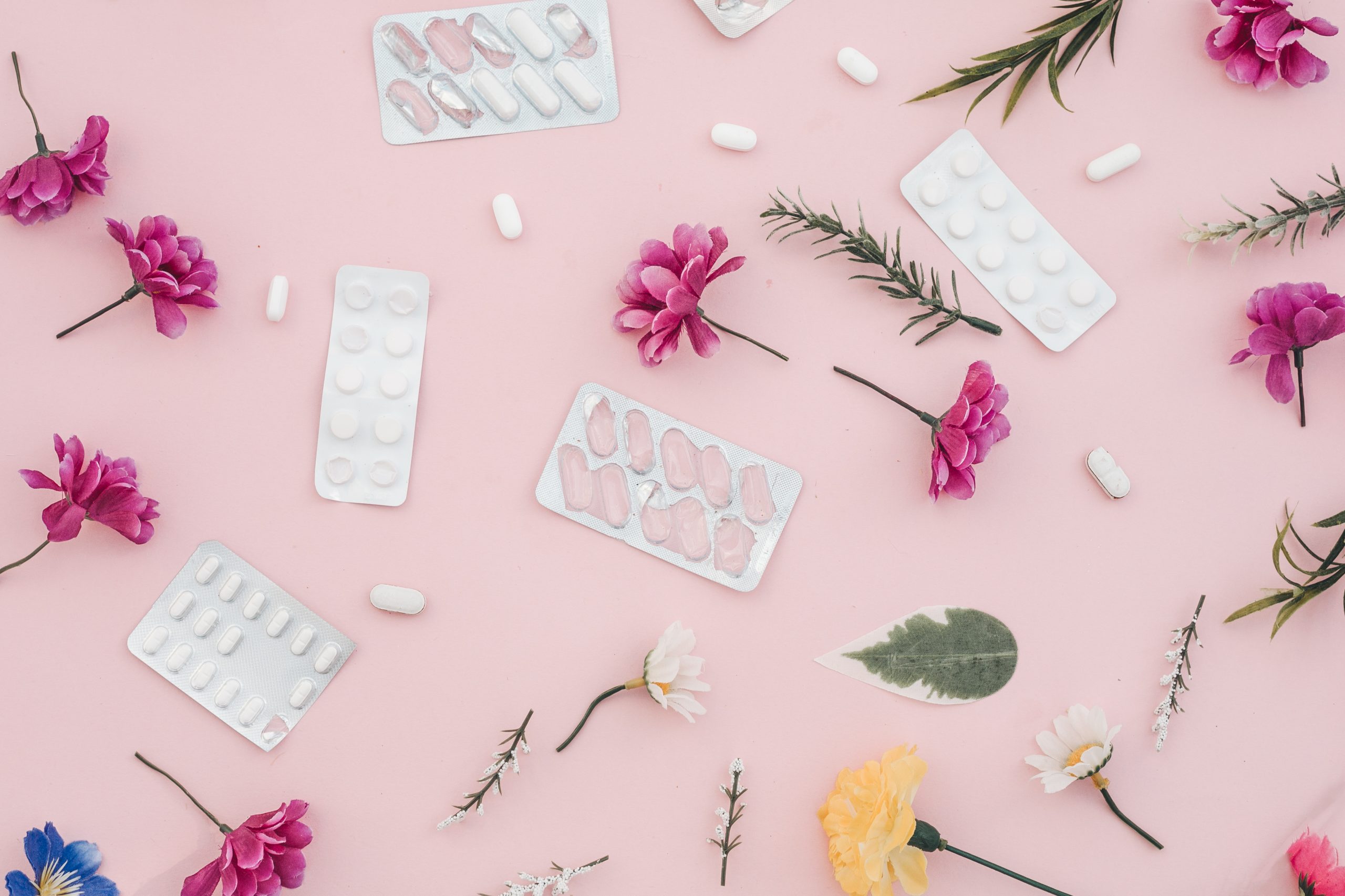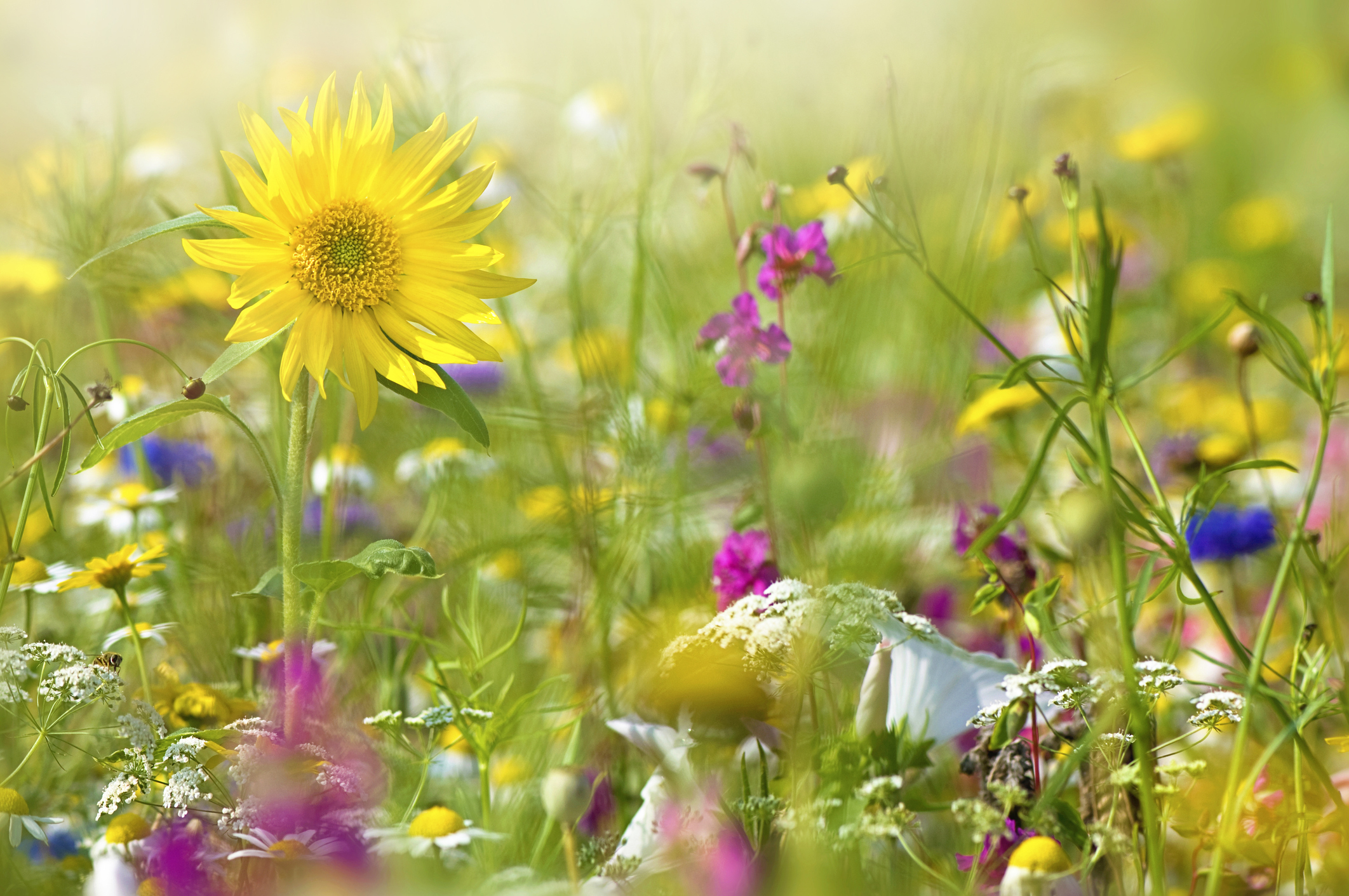How to work out the difference between hayfever and coronavirus symptoms as pollen count rises
They can be similar in the early stages...

It looks as though the warmer weather has well and truly set in (despite it only being early April), with temperatures in the UK on track to rise to mid-20s this Bank Holiday weekend.
And although the summer normally brings with it plenty of lovely things - a chance to enjoy the outside, summer outfits, and tasty BBQs - it can also signal a tough time of year for hayfever sufferers.
But this year, identifying and fixing hayfever symptoms is set to be even more tricky, given the ongoing coronavirus pandemic.
There are a few similarities between the symptoms of hayfever and coronavirus, such as a runny nose, feeling tired, and, anecdotally, a loss of smell.
When it comes COVID-19, it's obviously vital to keep track of symptoms, in order to note how the virus may be getting developing. And so even more importantly, it's key not to simply dismiss them as hayfever symptoms.
So with the pollen counts set to rise from now on, how can you work out the difference between the two?
Boots Chief Pharmacist Marc Donovan, explained that although there may be some small similarities, they are plenty of significant differences between hayfever and coronavirus symptoms.
“Hayfever symptoms are different to coronavirus," he said. "The most common symptoms of coronavirus are a high temperature and / or a new continuous cough. Sneezing is not a symptom of Coronavirus and it's rare to have a runny or stuffy nose.
GoodtoKnow Newsletter
Parenting advice, hot topics, best buys and family finance tips delivered straight to your inbox.
"Hayfever doesn’t cause a high temperature and most people don’t feel unwell. Typical hayfever symptoms include sneezing, a runny or blocked nose, itchy red watery eyes or an itchy throat, mouth, nose and ears."
So, if you have a high temperature, it's more likely to be a symptom of COVID-19 than of hayfever, and if you experience sneezing or a runny nose or eyes, it sounds like it's much more likely to be hayfever, if you already suffer from the allergic reaction. This is the same in young children and babies, who can also get hay fever.

Amena Warner, clinical lead at Allergy UK, explained that the symptoms are different enough to note when it may be coronavirus or just your hayfever acting up.
“Coronavirus symptoms typically include a continuous cough and a temperature as well as sometimes causing headaches and muscle aches. These are not symptoms of hay fever. Hay fever symptoms are persistent and relatively predictable depending on the pollen count."
How to reduce your pesky hayfever symptoms
Chief Pharmacist at Boots, Marc Donovan, has shared his tips for tackling your symptoms as the pollen count takes flight this year.
Work on daily prevention
According to Marc, there are a number of ways that you can try and stave off hayfever. He suggested, "Try applying Vaseline to the inside of your nose, it works as a barrier and can trap pollen before breathing it in. Or, an allergy barrier nasal spray is great for deterring pollen too. To really feel the benefit, try using it for two weeks before your symptoms usually begin."
It might also help to cover up your face when outside, and wash off the world when you come back inside.
MORE: How to shop safely during the coronavirus pandemic - should I wear gloves and do I need to sanitise my shopping?
"When you’re in and out of the garden, wear wraparound sunglasses to help prevent pollen from getting in and irritating your eyes. After spending time outdoors, try and make time to have a shower to wash away any stray pollen on your hair and skin, and put all clothes straight in the wash." Marc explained.
He added, "Avoid hanging your washing outside as the pollen in the air can cling to your clean clothes and linger on the materials."
Keep an eye on the pollen count each day
If the count is going to be particularly high on a certain day, it may be helpful for your symptoms to simply stay settled inside - which is what we should all be doing anyway.
Marc said, "The Met Office is your friend - Keep your eye on the Met Office website daily so you can monitor the pollen forecast, you can now also opt in to receive handy push notifications via the app."
And, try and avoid going outside at certain time of the day
"Timing is key - Certain times of day have higher pollen levels, typically the first half of the morning and later in the afternoon and evening, so taking a one-a-day allergy relief tablet in the morning will help protect you when you need it most." Marc said.
But that doesn't mean you can't go out at all - just do so when pollen count is at its lowest.
"Around midday is a time where pollen count is at its lowest, so take this opportunity to pop out to the garden for some fresh air and to perhaps eat lunch, this will also help you get a healthy dose of Vitamin D."
Amy is Senior Digital Writer across Woman & Home, GoodTo and Woman, writing about everything from celebrity news to health, fashion and beauty features. When she isn't obsessing over the latest dress drop from Marks & Spencer, you'll most likely find Amy out running, or with a cup of tea in hand ready to dive into a gripping new Netflix series.